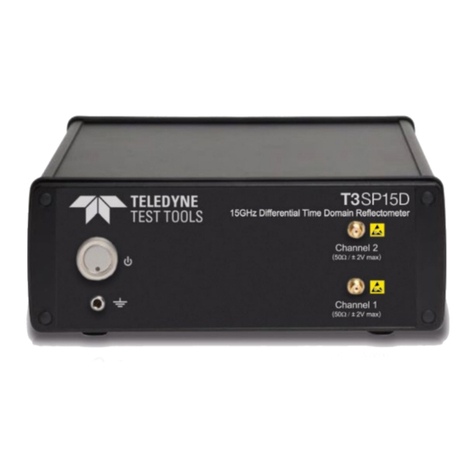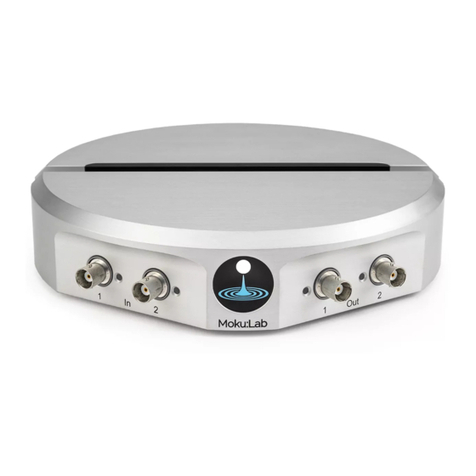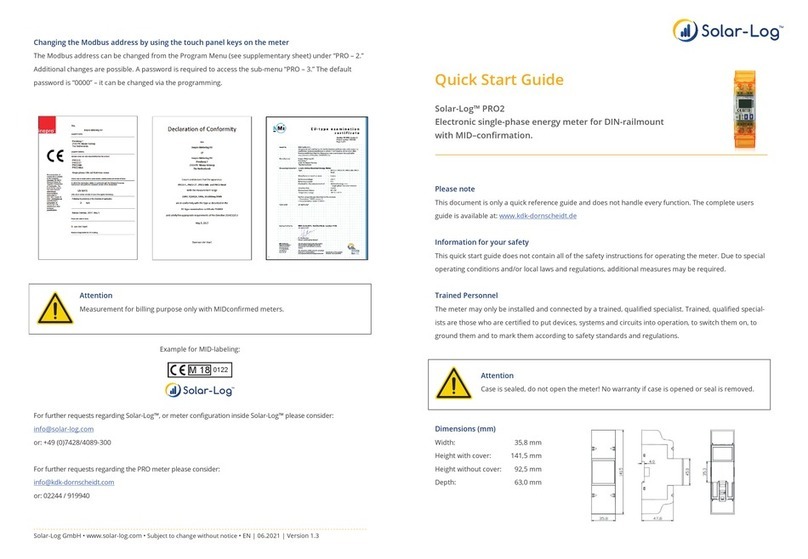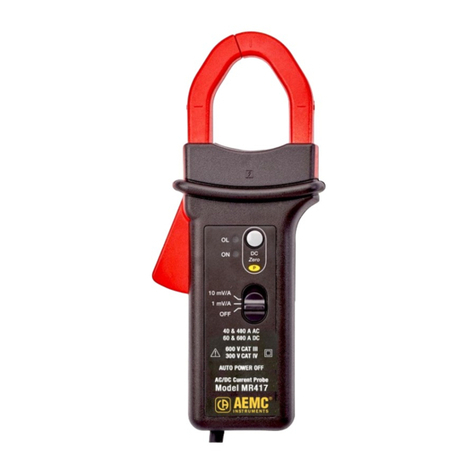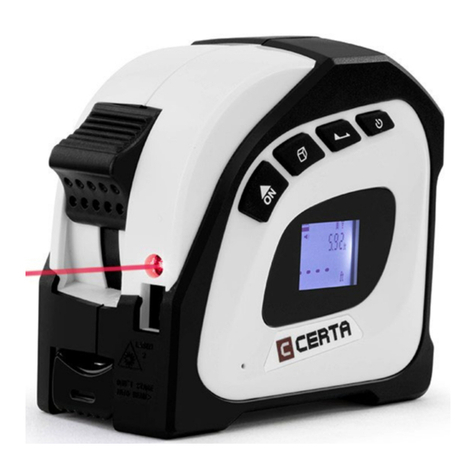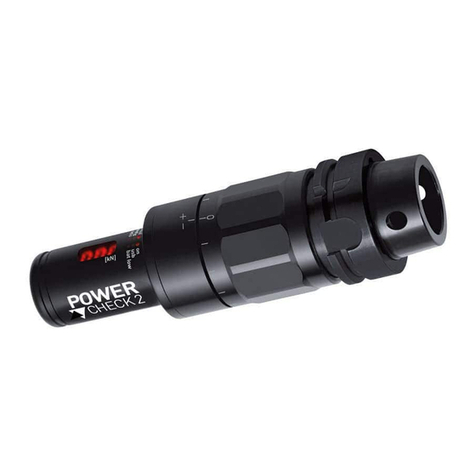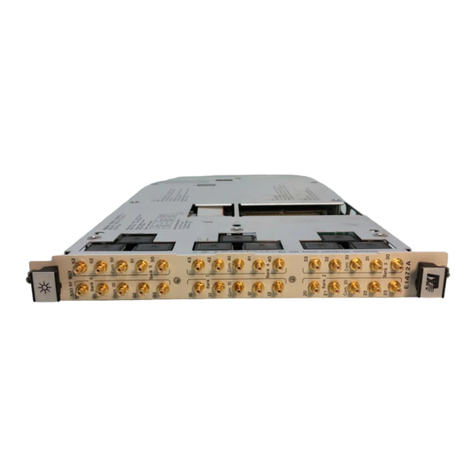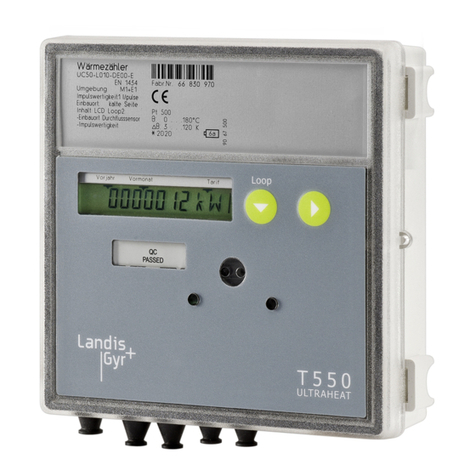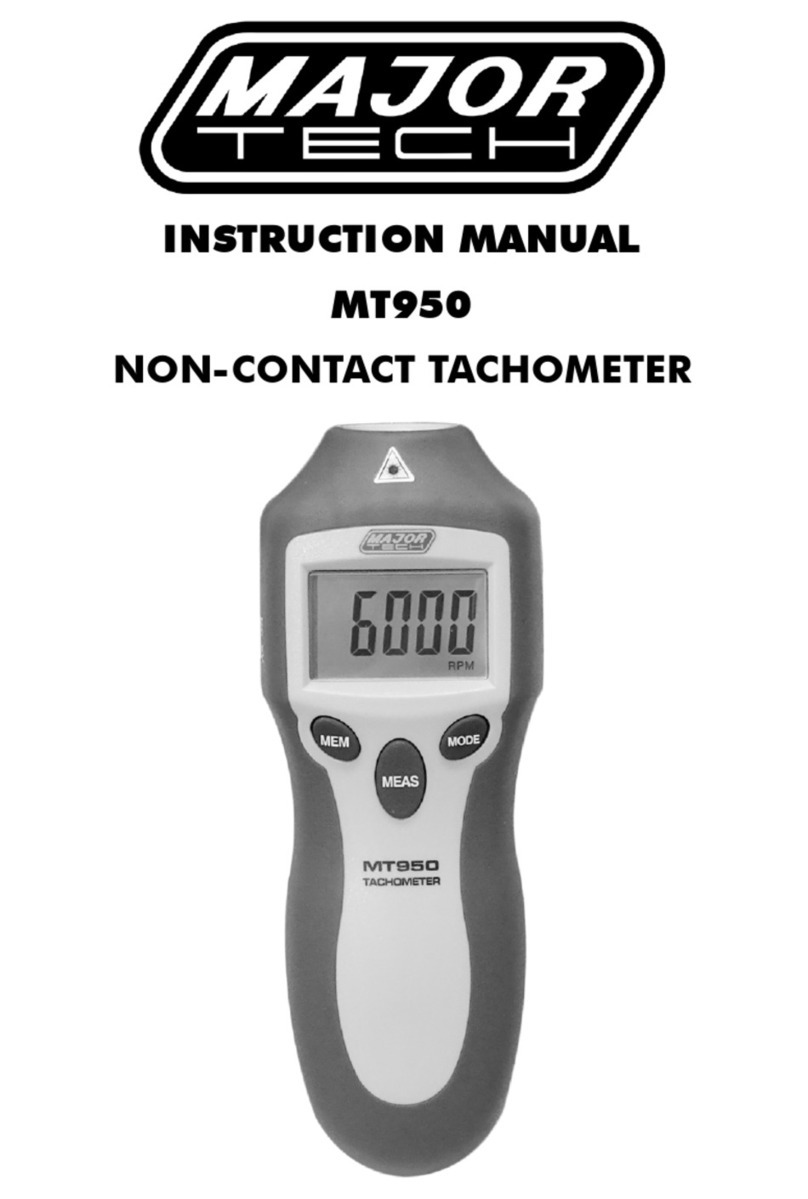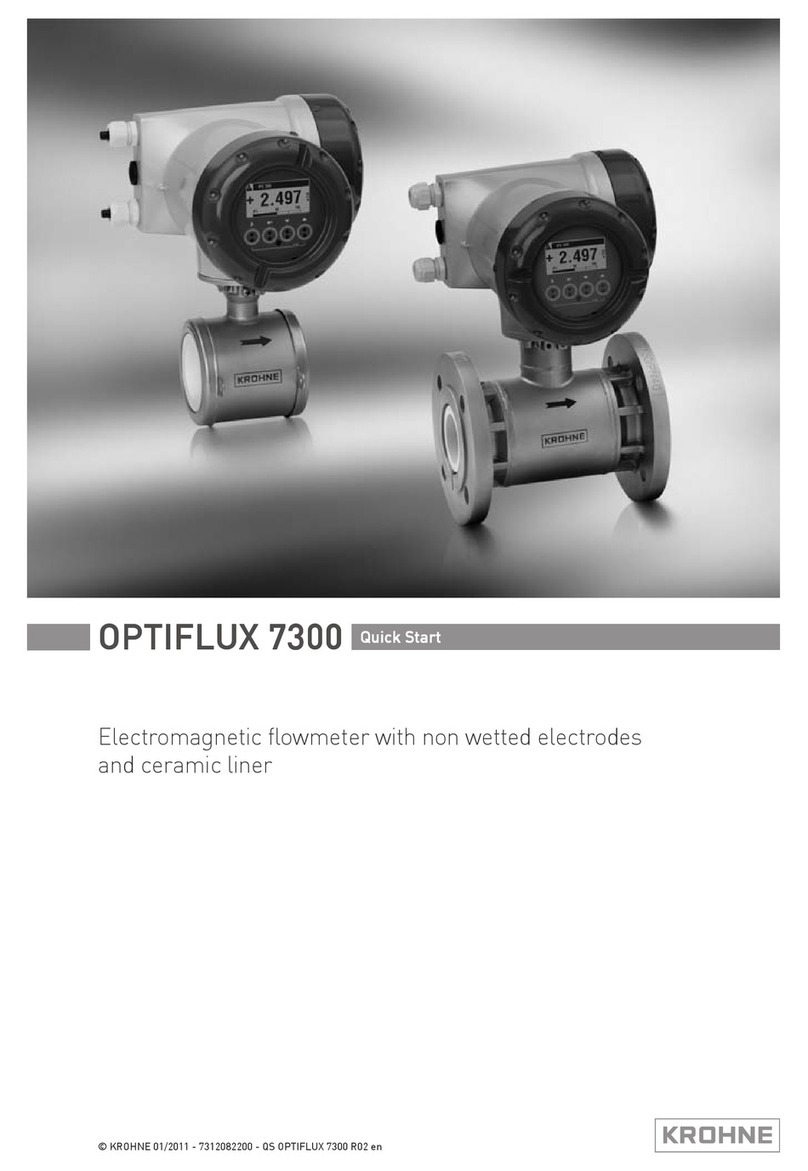TestAir KPDM-1 User manual

“TestAir” LLC
Yekaterinburg
2009
MICROMANOMETER WITH STATIC AND DYNAMIC
PRESSURE RECEIVER
KPDM-1
Users guide
NAS.0000.004.UG

KPDM-1
- 2 -
Содержание
1 APPLICATION..........................................................................................................................- 4 -
2 DESCRIBTION AND OPERATION ..........................................................................................- 5 -
3 PRELIMINARY STARTING PROCEDURE ..............................................................................- 8 -
4 WORKING SEQUENCE ...........................................................................................................- 8 -
5 INSTRUCTIONS ON VERIFICATION.....................................................................................- 10 -
6 MAINTENANCE AND REPAIR ..............................................................................................- 11 -
7 STORAGE RULES .................................................................................................................- 11 -
8 TRANSPORTATION...............................................................................................................- 12 -
9 MANUFACTURER'S GUARANTEES ....................................................................................- 12 -
10 RECLAMATIONS .................................................................................................................- 12 -
11 UTILIZATION........................................................................................................................- 12 -
12 ACCEPTANCE AND PACKING CERTIFICATE ..................................................................- 13 -
ATTACHEMENT 1.....................................................................................................................- 14 -
ATTACHEMENT 2.....................................................................................................................- 15 -

KPDM-1
- 3 -
The present users guide (hereinafter UG) is a document according to GOST 2.601 and is
applied to the micromanometer with static and dynamic pressure receiver KPDM-1 (hereinafter –
the device).
UG contains information certifying manufacturer's guarantees, values of basic parameters
and specifications, information on the construction design, security measures in the device opera-
tion, working sequence, information on verification, acceptance and utilization procedure of the de-
vice.
UG is intended for the device users.
The device does not release harmful substances polluting air and atmosphere, has not
harmful influence on the environment, population and operating personnel.

KPDM-1
- 4 -
1 APPLICATION
1.1 The device is applied for receipt and measurement of dynamic and static pressure (p) in
air and gas flues, speed determination of air and gas flows (v). It can be completed with a set of
accessory primary converters for temperature measurement (t) of both gases and other environ-
ments.
1.2 According to resistance to thermal effects and humidity of ambient air the device shall
correspond to V3 augmentation group by GOST12997 when working in the range from 0 up to plus
50 ºC and humidity that is not more than 98 % at 30 ºC and lower temperatures without humidity
condensation.

KPDM-1
- 5 -
2 DESCRIBTION AND OPERATION
2.1 Specification
Range of measurement of pressure differential, mm w.g. -400 ÷+400
Range of speed determination of air and gas flows, m/s 0.4 ÷70.0
Range of temperature measurement (according to certificate), ºС
Actual range of temperature measurement, ºС
0 ÷+300
-50 ÷+600
Limit of permissible absolute basic measurement error of pressure
differential, mm w.g.
± (0.1+0.05р)
Limit of permissible absolute basic error of speed determination of
air and gas flows, m/s
± (0,1 + 0.05v)
Limit of permissible absolute basic error of temperature measure-
ment, ºС
± (1 + 0.02t)
Limit of permissible additional error due to the temperature devia-
tion of the device body frame from the normal one for every 10 ºС
0.5δ
The device power supply is performed from a dry element with
voltage, I
9
Consumption current, mA 12
Overall dimensions:
−primary converter, mm
−sensor, mm
−display and control unit, mm
33х100
6х500
125х68х23
Volume of internal memory, measurements (approximately)
300
Automatic power off in 15 minutes after the last pushing of any but-
ton (AutoOff function)
Present
Software Present

KPDM-1
- 6 -
2.2 Completeness of a set
2.2.1 Main delivery set includes: display and control unit, pneumometric primary converter
(PPC) with a sensor having length 0.5 m, users guide.
2.2.2 On the order the device can be completed with primary converters for temperature
measurement (PCT) of both gases and other environments, adapter for connection to a personal
computer (RS-232 interface) with appropriate software, storage battery with battery charger, ac-
cessory sensors for PPC of various lengths (up to 0.75 m).
2.3 Functional principle and construction design
2.3.1 The device functional principle is similar to the principle of the pneumometric tubes of
Pito-Prandlia type.
2.3.2 KPDM-1 is a portable digital device with autonomous power supply.
2.3.3 PPC consists of a signal sensor (pneumometric tube of Pito-Prandlia type with a di-
ameter of 6 mm) and primary signal conversion unit (micromanometer) placed in a cylindrical body
frame rigidly connected with the sensor through a pneumoconnector and performing a function of a
handle, with the help of which a sensor is held in the required position.
2.3.4. Display and control unit is connected to the primary converter with a flexible four-core
electric cable with length 1.5 m with connector on its end, if necessary battery charger, adapter
and probe for temperature measurement are connected to the same connector of control unit.
2.3.5. The device appearance and location of controls are shown on figure 1.
2.4 Marking
2.4.1 The device marking is drawn on the body frame of the display and control unit and
contains:
−the device conventional value;
−serial number and year of issue.
2.4.2 PPC marking is drawn on the end surface of the body frame and contains a serial
number:
2.4.3 Marking is drawn by the method accepted by the manufacturer.

KPDM-1
- 7 -
Figure 1. The device appearance and location of controls
Display and
control unit
Digital display
Button "I"
Button "P"
Toggle switch of
the device switch-
ing
-
on
Flexible electric
cable
Cable connector
Primary pneumoconverter
Pneumojumper
Sensing element
(sensor) of a prima-
ry converter
Primary converter for
temperature meas-
urement of gas and
liquid environments

KPDM-1
- 8 -
3 PRELIMINARY STARTING PROCEDURE
3.1 General provisions.
3.1.1 Liquid penetration into the PPC sensor holes is not allowed.
3.1.2 When installing (replacing) the sensor the measures should be applied to ensure the
connection hermiticity of the sensor and the PPC body frame pneumochannels.
3.1.3 Before the beginning of work perform a test switching-on of the device and make sure
that a resource of a battery has not been exhausted (a sign of the battery discharge in the lower
left corner of the display is not indicated).
3.1.4 When performing the pressure differential measurements, PPC in the gas flow should
be oriented so that the axis of its upper part coincided with the direction of air movement, with this
a central hole should be disclosed to meet the flow. If the sensor end is beyond the field of view of
the operator, it is necessary to orient on the pneumojumper location.
3.1.5 When performing measurements in high temperature flows it is necessary to make
sure that the sensor end close to the PPC body frame has not been heated upper the temperature
50-60 ºС, in case of necessity the sensor should be cooled down.
3.1.6 When measuring temperature the pneumometric converter should be disconnected
from the display and control unit and TM should be connected. When performing measurements a
remote end of a thermal converter clad (6 mm in diameter) should not be heat upper the tempera-
ture 300 ºС.
3.1.7 Changing sensors (PPC to PCT and vice versa) can be performed not switching-off
the device, sensor type is determined automatically.
4 WORKING SEQUENCE
4.1 Working sequence in a mode of differential pressure measurement in air flues.
4.1.1 Switch-on the device (move a toggle switch "on" in the upper position).
4.1.2 Select a measuring mode if a pneumojumper is attached on both connecting branches
the device measures dynamic pressure, if one or both connecting branches are free there is a stat-
ic pressure measurement performed.
4.1.3 Place the upper sensor end into the gas flow observing the requirements of p. 3.1.4,
push and release "I" button (click). In 1.5 seconds the digital information corresponding to the dif-
ferential pressure value in the place where the upper sensor end is located at the moment of push-
ing the button appears on a display and will be kept there until the next pushing of "I" button or un-
til switching-off the device. The moment of measurement is accompanied by a characteristic sound
in the body frame of the primary converter.

KPDM-1
- 9 -
4.1.4 When pushing and holding "I" button the measurements are performed in series with
an interval 1.5 seconds, when releasing the button the digital information corresponding to the av-
erage value of air (gas) differential pressure for the time of holding the button appears on a display
and will be kept there until the next pushing of "I" button or until switching-off the device.
Attention! Peculiarity of the selected scheme of differential pressure meas-
urement is that the dynamic pressure is indicated on the device display with
an opposite sign. The static pressure is indicated with a real sign, i.e. exces-
sive pressure with a plus sign, and a discharge with a minus sign.
4.1.5 When pushing and holding "P" button there is a sign HV appeared in the upper right
corner of a display, with this the differential pressure values p (mm w.g.) indicated on a display are
converted to the speed values v (m/s) in accordance with the ratio:
___
V= 4.04 √kr , where
k--- pneumometric tube coefficient recorded in the device memory.
After releasing "P" button the indication of the differential pressure values is restored.
Note:
This operation is valid for calculation of gas flow speed in the magnitude of dynamic pres-
sure only if the indicated values of p are the result of the dynamic pressure measurement and only
for gases, the density of which is close to the density of air under normal conditions.
Speed of gases, the density of which is substantially different from the air density, can be
determined according to the results of measurements with the account of correlations of section 4
of GOST 17.2.4.06-90 by the formula:
_____
Vreal = Vind √n / ρ, where
Vreal - real speed value,
Vind - speed value indicated on the device display,
n - air density under normal conditions,
ρ- real gas density.

KPDM-1
- 10 -
4.2 Working sequence in a mode of measuring the differential pressure of air in the premis-
es with a special regime of air exchange (boost pressure measurements).
4.2.1 Place the device in the initial point and connect a hose to the upper end of the primary
converter sensor so that the side holes remained open.
4.2.2 Put the other hose end in a controlled area, the pressure differential in which (relative
to the initial point) should be measured.
4.2.3 Switch-on the device (move a toggle switch "on" in the upper position) and set the
measuring mode of the dynamic pressure (a jumper is attached on both connecting branches).
4.2.4 Push "I" button (once or withholding) to measure the pressure differential between the
initial point and the controlled area.
Attention! The differential pressure value measured in that way is indicated
with an opposite sign on a display, i.e. the excessive pressure (boost pres-
sure) with a minus sign, and a discharge one with a plus sign.
4.3 Working sequence in a temperature measurement mode.
4.3.1 Switch-on the device, put PCT in a place where temperature should be measured,
wait for the steady-state values on a display and read the temperature values.
4.4 When pushing "P" button once (click) the values indicated on a display are copied into
the device memory.
4.5 When pushing "0" and "P" buttons simultaneously in the mode of pressure differential
measurement the percentage of free memory is indicated on a display, when holding these buttons
the erasing of the information being kept is performed.
4.6 To read the results of the measurement from the memory it is necessary: to switch-off
the device, to disconnect the primary converter from the control unit, to connect a special adapter
(RS-232 interface) to the control unit, to connect the adapter to the computer, to switch-on the de-
vice and to read the device memory content.
5 INSTRUCTIONS ON VERIFICATION
5.1 Verification of the devices is performed in accordance with the verification technique
"MP 07-221-2009. Micromanometer with static and dynamic pressure receiver KPDM-1. Verifica-
tion technique"
5.2. Calibration interval - 1 year.

KPDM-1
- 11 -
6 MAINTENANCE AND REPAIR
6.1 If during the device operating a sign of battery discharge in the lower left corner of a
display is constantly indicated it is necessary:
a) to change the battery, to do this loosen the screws on a back cover of the display and
control unit and remove the device cover (or remove the cover of a separate bay for battery), re-
move the old battery and insert a new one. Or
b) to charge the battery, to do this switch-off the unit, disconnect the primary converter from
the control unit, connect the battery charger to the control unit, connect the charger to a power
supply with the voltage 220 V and charge the battery for 12 - 14 hours.
6.2 A sign of close battery discharge is the discharge sign blinking when performing the
pressure differential measurements.
6.3 In the device operating process the pneumochannels and PPC sensor filters can be-
come clogged (dirt, water plug), a symptom of this event are chaotic values on the device display
when measuring obviously zero values of pressure differential. Channels can be cleaned in any
way (it is safer to do it by disconnecting the sensor from the primary converter). There is a capacity
hermetically closed by a screw gag in the lower part of the sensor applied for collection of garbage
and moisture penetrating into the central pneumochannel. It can be periodically opened and
cleaned in any way. Here an additional filter (5-10 mg of any wool) can be also placed.
If the liquid gets into the central channel it is necessary to remove it immediately or to per-
form further transportation of PPC "with the sensor down" not allowing the liquid to get to the sen-
sor base unit.
It is also necessary to keep (dry) PPC "with the sensor down" after speed measurement in
flows with lots of moisture vapour.
6.4 The device is equipped with the scheme of automatic power-off if within 15 minutes
there is not pushing of any button.
To return the device to the operating state it is necessary to switch-off and then to switch-on
a toggle switch "on".
6.5 In the event of failure the device (or its unit) should be repaired by the manufacturer.
7 STORAGE RULES
7.1 Conditions of the device storage by group 3 according to GOST 15150 in packing in
closed premises with natural ventilation without artificially regulating climatic conditions where fluc-
tuations of temperature and humidity are considerably less than in the open air.

KPDM-1
- 12 -
8 TRANSPORTATION
8.1 Transportation of the devices can be performed by any means of transport in packaged
form with mandatory protection from atmospheric precipitation and strong strokes.
9 MANUFACTURER'S GUARANTEES
9.1 The manufacturer guarantees conformity of a product to the requirements of the opera-
tional documentation under keeping by the consumer operational conditions, storage and transpor-
tation.
9.2 Guarantee period is 12 months from the date of the device shipment to the consumer.
10 RECLAMATIONS
10.1 In the event of failure of the device or its defect during the guarantee period as well as
detection of non-completeness when delivered, the consumer shall send the device with the fol-
lowing documents to the manufacturer: application for repair, list of defects.
10.2 All submitted reclamations are registered by the manufacturer and contain information
on the measures have been taken.
11 UTILIZATION
11.1 The device does not contain the materials dangerous for life.
11.2 The devise utilization is performed separately according to the groups of materials:
plastic, metal and radio.

KPDM-1
- 13 -
12 ACCEPTANCE AND PACKING CERTIFICATE
12.1 Micromanometer with static and dynamic pressure receiver KPDM-1 serial number
_______ produces and accepted in accordance with TC 4311-004-25057366-2008, the existing
design documentation and recognized valid for use and storage.
Date of issue _____________________________________________________
Unit manager responsible for the acceptance
_________________________________________________________________
Signature Full name
Stamp here
Packaging was performed by _______________________________________________
Signature Full name
Verification officer _____________________________________________________
Signature Full name Date
Verification mark stamping
or verification certificate number

KPDM-1
- 14 -
ATTACHEMENT 1
(obligatory)
CERTIFICATE ON PERIODIC VERIFICATION
Micromanometer with static and dynamic pressure receiver KPDM-1 serial number
________ is verified in accordance with the verification technique MP 07-221-2009. Verification
results are recorded in a table.
Date
of
verificati
on
Verificatio
n result
Signature
of
verification
officer
Clarification of
signature
Verification mark stamping or
number
or verification certificate
Note

KPDM-1
- 15 -
ATTACHEMENT 2
SCHEME OF ELECTRIC CABLE SOLDERING
View on the connector from the side of slots


“TestAir” LLC
620100, Yekaterinburg, p/o box 760
Tel. (343) 251-93-46, 8-912-26-25-616
www.testair.ru
Table of contents
Popular Measuring Instrument manuals by other brands
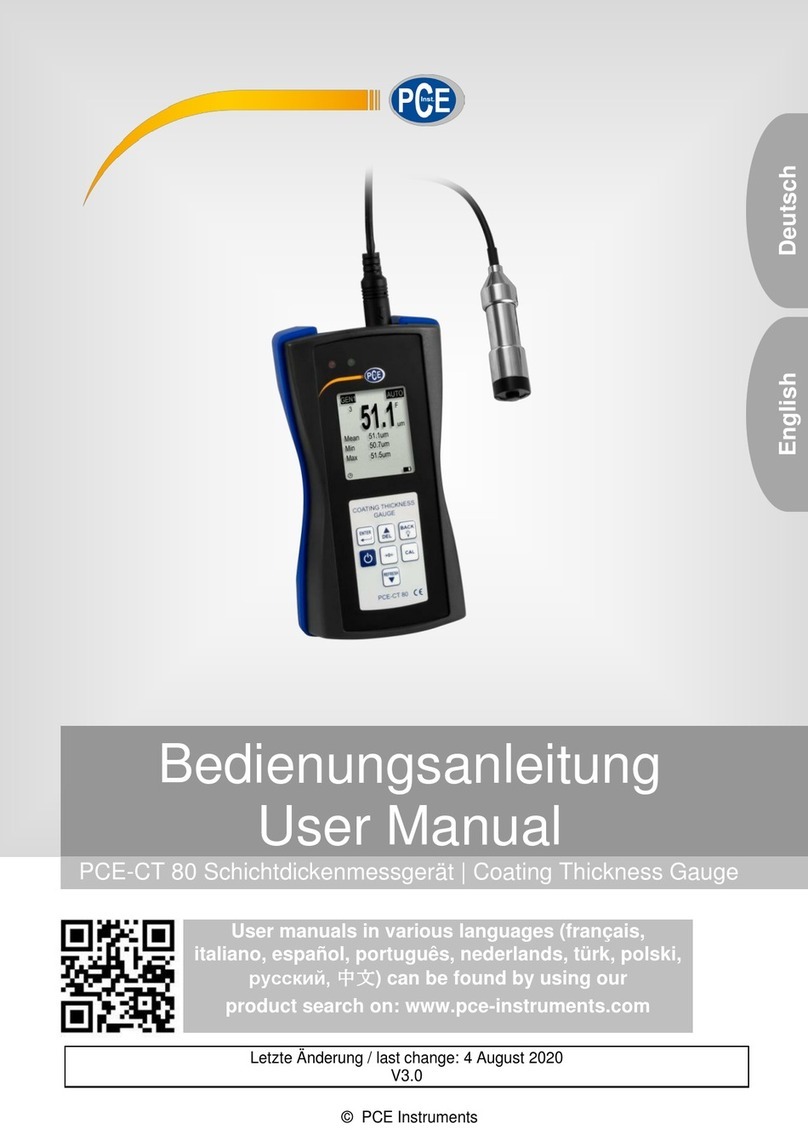
PCE Instruments
PCE Instruments PCE-CT 80-FN2D5 user manual

AFLOWT
AFLOWT UF-5 d Series installation manual

Magnetrol
Magnetrol Kotron 805 series operating manual
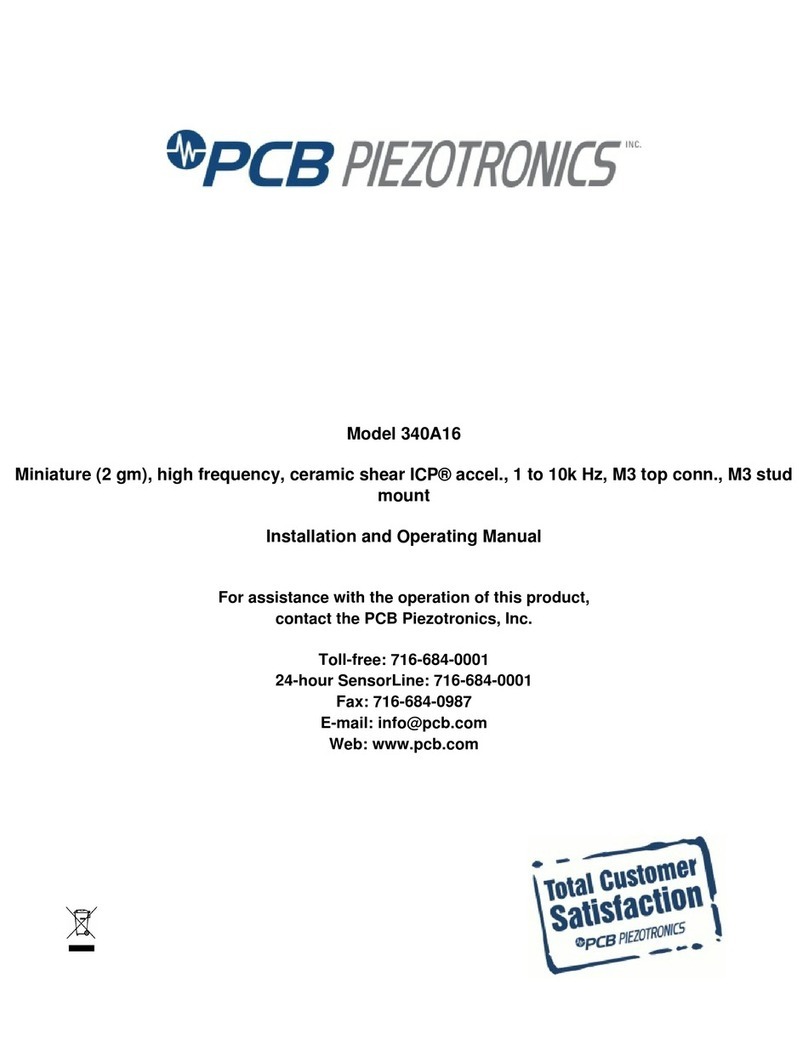
PCB Piezotronics
PCB Piezotronics 340A16 Installation and operating manual
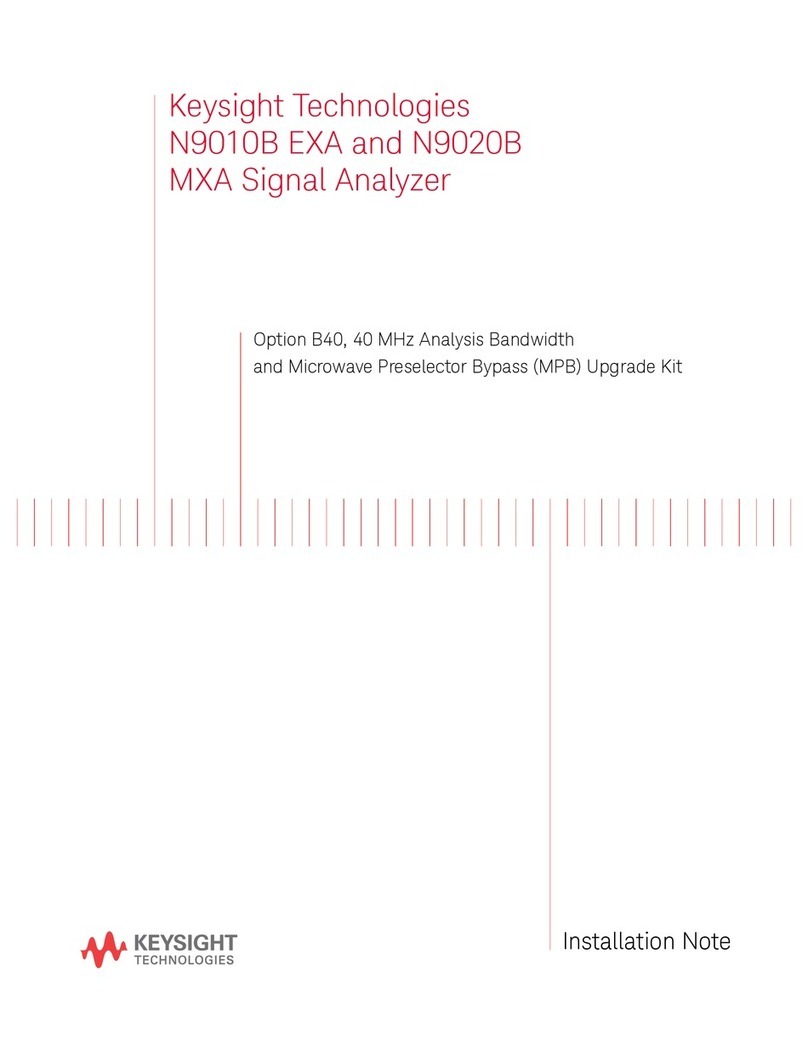
Keysight Technologies
Keysight Technologies EXA N9010B Installation note

Pettersson
Pettersson D 230 user guide
